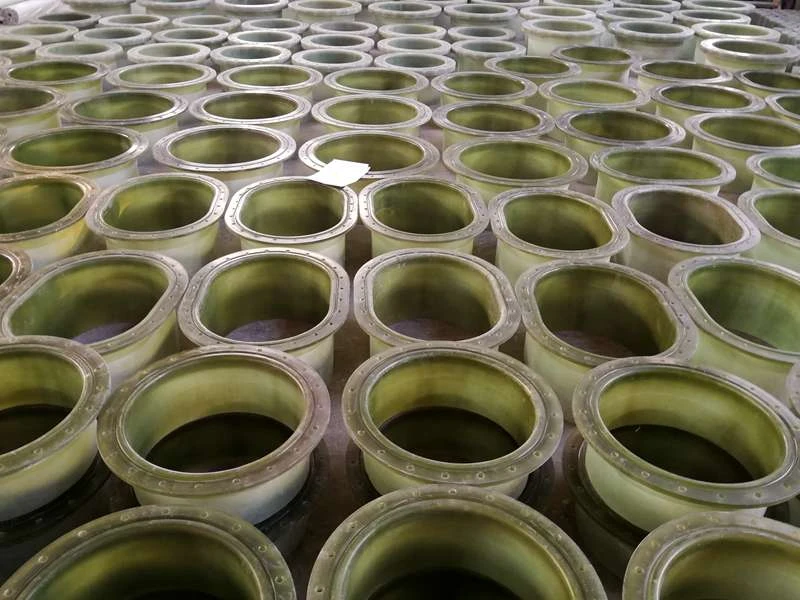
-
 Afrikaans
Afrikaans -
 Albanian
Albanian -
 Amharic
Amharic -
 Arabic
Arabic -
 Armenian
Armenian -
 Azerbaijani
Azerbaijani -
 Basque
Basque -
 Belarusian
Belarusian -
 Bengali
Bengali -
 Bosnian
Bosnian -
 Bulgarian
Bulgarian -
 Catalan
Catalan -
 Cebuano
Cebuano -
 China
China -
 China (Taiwan)
China (Taiwan) -
 Corsican
Corsican -
 Croatian
Croatian -
 Czech
Czech -
 Danish
Danish -
 Dutch
Dutch -
 English
English -
 Esperanto
Esperanto -
 Estonian
Estonian -
 Finnish
Finnish -
 French
French -
 Frisian
Frisian -
 Galician
Galician -
 Georgian
Georgian -
 German
German -
 Greek
Greek -
 Gujarati
Gujarati -
 Haitian Creole
Haitian Creole -
 hausa
hausa -
 hawaiian
hawaiian -
 Hebrew
Hebrew -
 Hindi
Hindi -
 Miao
Miao -
 Hungarian
Hungarian -
 Icelandic
Icelandic -
 igbo
igbo -
 Indonesian
Indonesian -
 irish
irish -
 Italian
Italian -
 Japanese
Japanese -
 Javanese
Javanese -
 Kannada
Kannada -
 kazakh
kazakh -
 Khmer
Khmer -
 Rwandese
Rwandese -
 Korean
Korean -
 Kurdish
Kurdish -
 Kyrgyz
Kyrgyz -
 Lao
Lao -
 Latin
Latin -
 Latvian
Latvian -
 Lithuanian
Lithuanian -
 Luxembourgish
Luxembourgish -
 Macedonian
Macedonian -
 Malgashi
Malgashi -
 Malay
Malay -
 Malayalam
Malayalam -
 Maltese
Maltese -
 Maori
Maori -
 Marathi
Marathi -
 Mongolian
Mongolian -
 Myanmar
Myanmar -
 Nepali
Nepali -
 Norwegian
Norwegian -
 Norwegian
Norwegian -
 Occitan
Occitan -
 Pashto
Pashto -
 Persian
Persian -
 Polish
Polish -
 Portuguese
Portuguese -
 Punjabi
Punjabi -
 Romanian
Romanian -
 Russian
Russian -
 Samoan
Samoan -
 Scottish Gaelic
Scottish Gaelic -
 Serbian
Serbian -
 Sesotho
Sesotho -
 Shona
Shona -
 Sindhi
Sindhi -
 Sinhala
Sinhala -
 Slovak
Slovak -
 Slovenian
Slovenian -
 Somali
Somali -
 Spanish
Spanish -
 Sundanese
Sundanese -
 Swahili
Swahili -
 Swedish
Swedish -
 Tagalog
Tagalog -
 Tajik
Tajik -
 Tamil
Tamil -
 Tatar
Tatar -
 Telugu
Telugu -
 Thai
Thai -
 Turkish
Turkish -
 Turkmen
Turkmen -
 Ukrainian
Ukrainian -
 Urdu
Urdu -
 Uighur
Uighur -
 Uzbek
Uzbek -
 Vietnamese
Vietnamese -
 Welsh
Welsh -
 Bantu
Bantu -
 Yiddish
Yiddish -
 Yoruba
Yoruba -
 Zulu
Zulu
Creating Effective Handrail Solutions for Enhanced Safety and Design in Building Projects
The Importance of GRP Handrails in Modern Construction
In recent years, the construction industry has seen a significant shift towards using materials that are not only durable but also environmentally friendly. One such material that has gained immense popularity is Glass Reinforced Plastic (GRP). Among its various applications, GRP handrails have emerged as a critical component in enhancing safety and functionality in both residential and commercial buildings. This article delves into the advantages and significance of GRP handrails, exploring why they are becoming a preferred choice for architects and builders alike.
What is GRP?
Glass Reinforced Plastic, commonly known as fiberglass, is a composite material made of a plastic matrix reinforced with fine fibers of glass. This combination provides GRP with remarkable strength-to-weight ratios, making it ideal for applications that demand both resilience and ease of installation. GRP can be molded into various shapes and sizes, allowing for versatile designs that cater to different architectural needs.
Key Benefits of GRP Handrails
1. Durability and Longevity
One of the standout features of GRP handrails is their durability. Unlike traditional materials such as wood or metal, GRP is resistant to corrosion, rust, and rot. This means that GRP handrails can withstand harsh weather conditions and the wear and tear associated with heavy usage. Their longevity reduces the need for frequent replacement or maintenance, leading to cost savings for property owners over time.
2
. Lightweight and Easy to InstallGRP handrails are significantly lighter than their metal counterparts, making them easier to handle and install. This lighter weight can speed up the installation process, allowing construction projects to stay on schedule. Additionally, the ease of installation can reduce labor costs, making GRP handrails a financially appealing option for contractors and builders.
3. Safety Features
grp handrail

Safety is paramount in any construction project, and GRP handrails are designed with this in mind. The slip-resistant surfaces of GRP handrails provide excellent grip, reducing the risk of accidents in environments where slips and falls are a concern. Moreover, GRP handrails can be manufactured in accordance with safety regulations, ensuring compliance with local building codes. Their high visibility, available in various colors, further enhances safety by making them easily noticeable.
4. Aesthetic Versatility
GRP handrails can be molded into various designs and colors, offering architects and property owners a wide range of aesthetic options. Whether aiming for a modern, sleek look or a more traditional appearance, GRP can be tailored to fit the desired style. This versatility allows for better integration into the overall design of a building, contributing to its visual appeal.
5. Environmental Considerations
In an age where sustainability is becoming increasingly important, GRP handrails stand out as an eco-friendly choice. The production and eventual disposal of GRP materials typically have a lower environmental impact compared to traditional materials. Moreover, many manufacturers are now focusing on producing GRP from recycled plastics, further minimizing their carbon footprint.
Applications of GRP Handrails
GRP handrails are versatile and can be utilized in various settings. They are commonly found in
- Staircases Providing support and safety in residential and commercial buildings. - Walkways Enhancing safety on pathways, especially in outdoor facilities exposed to the elements. - Industrial Sites Offering protection in environments where heavy machinery is used, ensuring workers can navigate safely.
Conclusion
In conclusion, the benefits of GRP handrails make them an advantageous choice in modern construction. Their durability, lightweight nature, safety features, aesthetic versatility, and environmental considerations position them as an ideal material for both residential and commercial applications. As the construction industry continues to evolve, incorporating innovative materials like GRP not only leads to enhanced safety but also contributes to sustainable building practices. With the growing recognition of these advantages, it is clear that GRP handrails will play a significant role in the future of construction, ensuring that safety and style go hand in hand.









